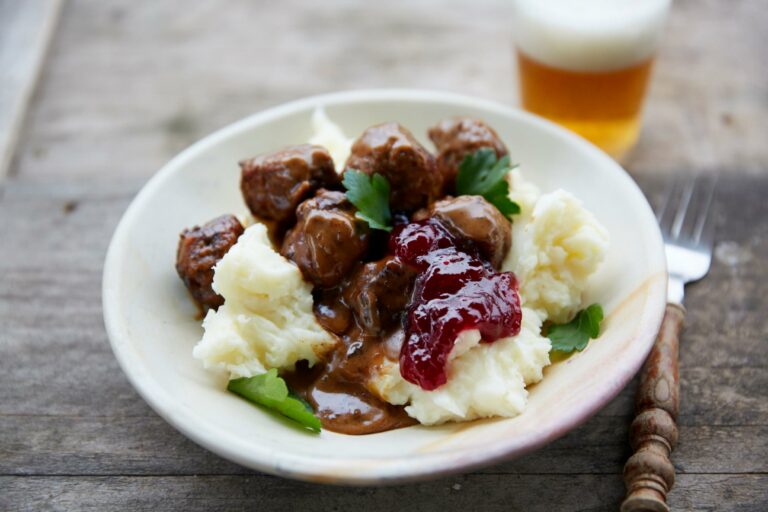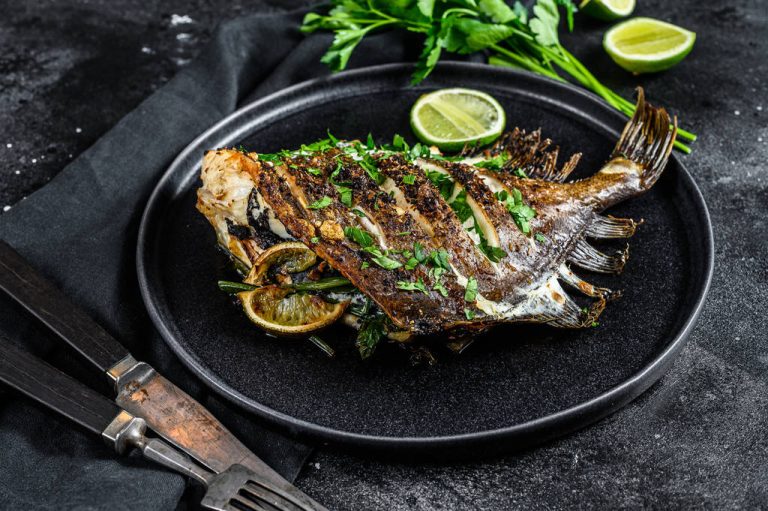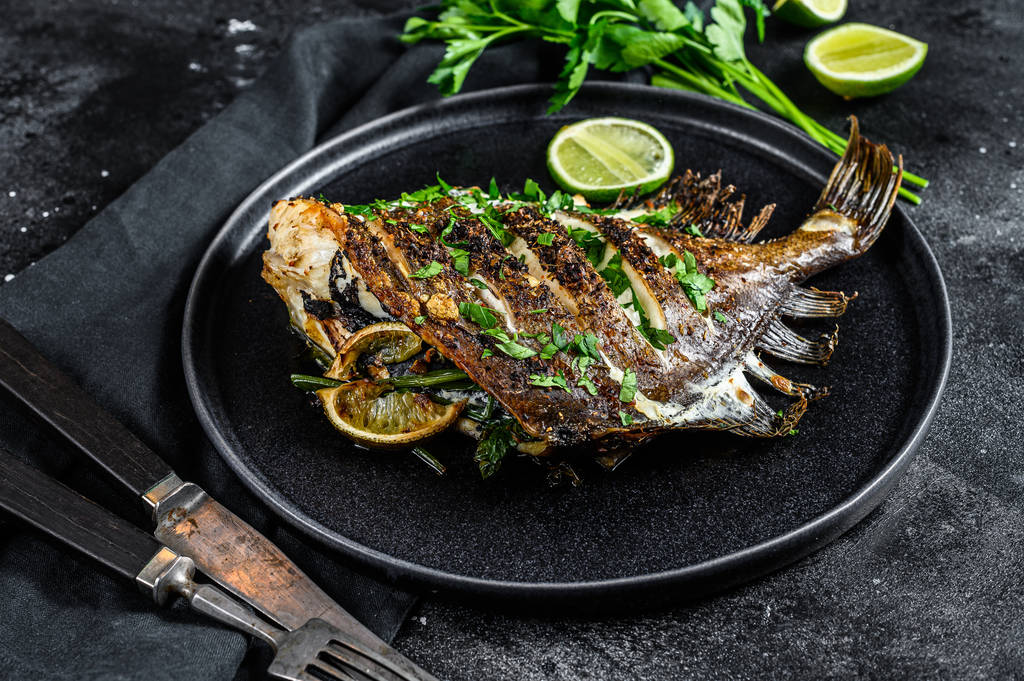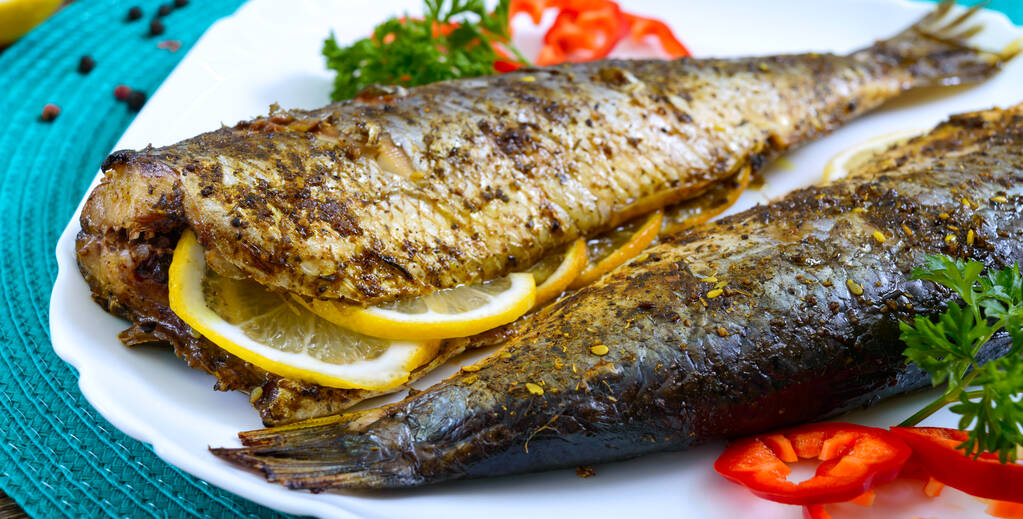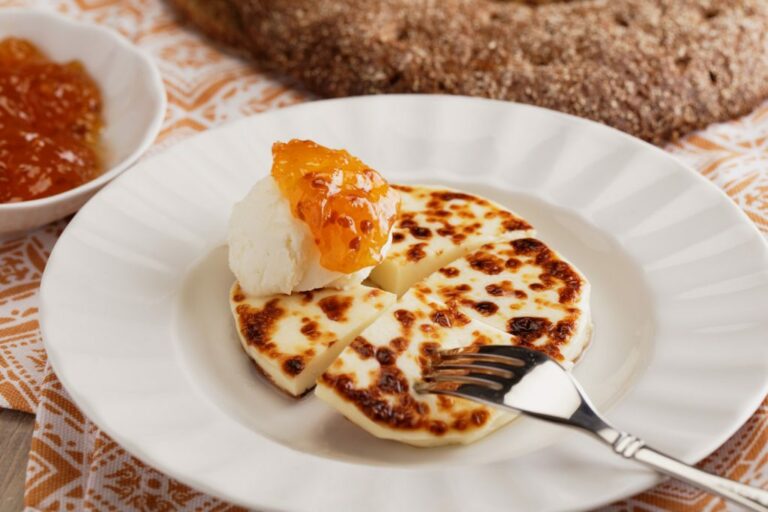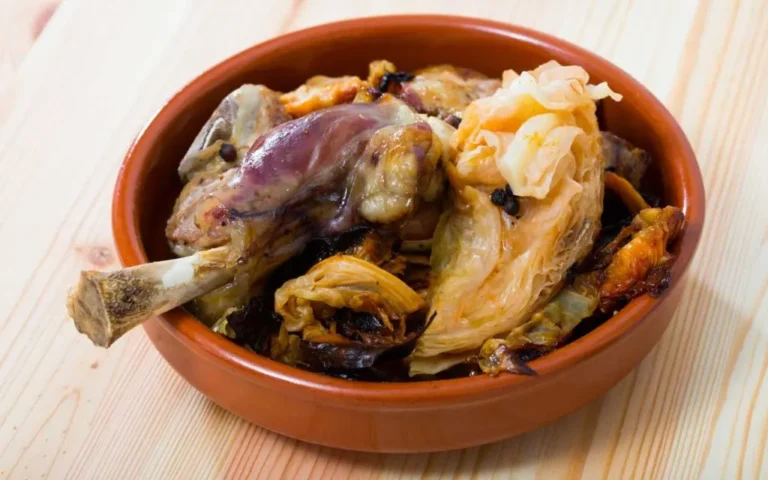Introduction: Swedish Cuisine and Nordic Flavors
Swedish cuisine is characterized by minimalistic techniques and a focus on fresh, seasonal ingredients. As a Scandinavian country, Sweden shares many culinary traditions with its Nordic neighbors, such as Denmark, Norway, Finland, and Iceland. Nordic flavors have played an influential role in shaping the taste and identity of Swedish cuisine.
Historical Background of Swedish Cuisine
Swedish cuisine has been shaped by its geography, climate, and historical influences. During the Viking Age, Sweden’s diet was centered around fish, meat, and dairy products. Later on, the introduction of potatoes and other root vegetables became a staple of Swedish cuisine. In the 18th and 19th centuries, Sweden’s cuisine became more refined and sophisticated with the help of French culinary techniques.
Nordic Flavors That Shaped Swedish Cuisine
Nordic flavors have played a pivotal role in shaping Swedish cuisine. One of the most notable ingredients is the lingonberry, which is used in many Swedish dishes, such as meatballs, cream sauces, and jams. Other Nordic flavors include wild game such as reindeer and elk, which are often served with lingonberry sauce or mashed potatoes. Seafood, such as herring, salmon, and shrimp, is also a prominent ingredient in Swedish cuisine.
Swedish Foods Inherited from Nordic Cuisine
Many Swedish dishes have been inherited from Nordic cuisine. For example, the smorgasbord, a buffet-style meal that features a variety of cold and hot dishes, is a traditional Nordic meal that is often served in Sweden. The open-faced sandwich, known as smorrebrod in Denmark, is also a popular dish in Sweden. Other Nordic dishes that have been adopted into Swedish cuisine include gravlax, which is cured salmon, and pickled herring.
Modern Developments on Swedish Cuisine
In recent years, Swedish cuisine has seen a revival of traditional Nordic flavors and techniques. Chefs have embraced a more sustainable approach to cooking and are often inspired by the local flora and fauna. The New Nordic Cuisine movement, which started in Denmark in the early 2000s, has made its way to Sweden and has become a driving force behind the country’s culinary scene.
Conclusion: A Blend of Nordic and Swedish Flavors
Swedish cuisine is deeply influenced by Nordic flavors and traditions. From lingonberries to open-faced sandwiches, Nordic ingredients and dishes have become a staple of Swedish cuisine. However, Swedish chefs are also embracing new techniques and flavors, resulting in a fusion of Nordic and Swedish cuisine that is both innovative and rooted in tradition.

